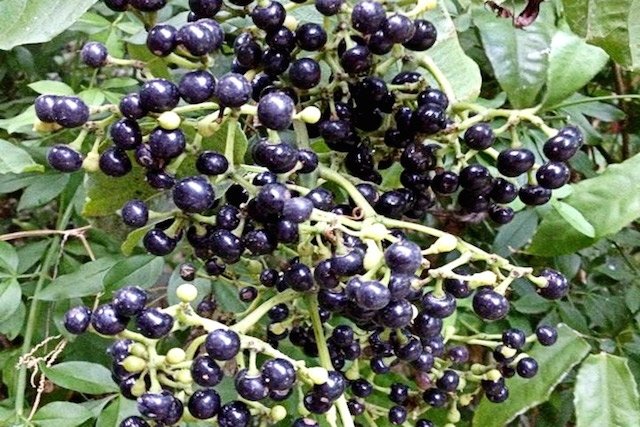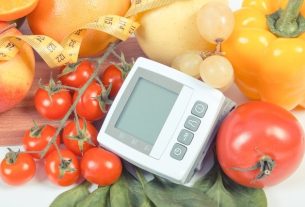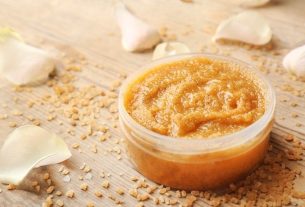Vegetable insulin is a medicinal plant with a scientific name Cissus sicyoideswhich is rich in flavonoids, resveratrol, coumarins and tannins, which give it antioxidant and hypoglycemic properties, which can help normalize blood sugar levels, and is therefore popularly used as a home remedy to help treat diabetes.
The normally used part of vegetable insulin is its leaves, which can be used dry or fresh, generally to prepare tea, however, it can also be used in the form of compresses, tincture or syrup.
Vegetable insulin can be found in herbalists, health food stores, compounding pharmacies, markets and some open-air markets, but should only be used under the guidance of a doctor or other health professional who has experience with the use of medicinal plants. Although it has many benefits, This medicinal plant does not replace medical treatment and should be used under the guidance of a doctor or herbalist.

What is it for
Vegetable insulin can be used to:
- Diabetes;
- Low pressure;
- Muscle inflammation;
- Rheumatism;
- Poor circulation;
- Abscesses;
- Boils.
In addition, plant-based insulin can also be used to help treat seizures or heart disease. Despite the benefits, more scientific studies are needed to prove the safety and effectiveness of plant-based insulin for treating diabetes.
How to use
Vegetable insulin can be used in the form of tea or compresses, prepared with the leaves of the plant:
1. Vegetable insulin tea
Vegetable insulin tea can be prepared with the dried or fresh leaves of this plant and is mainly used to help treat diabetes, under medical supervision.
Ingredients
- 2 tablespoons of dried leaves or 1 chopped fresh leaf of vegetable insulin;
- 1 liter of water.
Preparation mode
Add the water and dry or fresh vegetable insulin leaves to a pan, and bring to a boil. When it starts to boil, turn off the heat and let it rest for another 10 minutes. Then strain and drink 1 cup, 2 to 3 times a day.
To use vegetable insulin to control diabetes and blood sugar levels, you should consult your doctor for guidance, as this plant can interfere with the dose of diabetes medicine and cause hypoglycemia, which occurs when sugar levels in the blood drops too low, putting life at risk.
2. Vegetable insulin compresses
Vegetable insulin compresses can be used to apply to the skin in cases of rheumatism, abscesses, muscle inflammation or boils.
To make the compress, crush 1 or 2 fresh leaves of vegetable insulin with a pestle, apply to the skin in the affected area and cover with a clean compress.
Possible side effects
The main side effect that may arise with the use of plant insulin is hypoglycemia, especially when this plant is used in greater quantities than recommended or together with diabetes medications. Know how to identify the symptoms of hypoglycemia.
Therefore, the use of vegetable insulin must be carried out with medical advice or from a professional with experience in medicinal plants.
Who shouldn’t use
Vegetable insulin should not be used by children, pregnant or lactating women, people with very sensitive skin or those who are allergic to this medicinal plant. Furthermore, it should be used with caution by people taking medication for diabetes.
It is important to emphasize that the use of vegetable insulin should only be done after advice from a doctor or herbalist.
Bibliography
- BELTRAME, FL; et al. Phytochemical study and evaluation of the antidiabetic potential of Cissus sicyoides. chemical new 24. 6; 783-785, 2001
- SALAZAR, M. A.R.; et al. Chemical composition, antioxidant activity, neuroprotective and anti-inflammatory effects of cipó-pucá ( Cissus sicyoides L.) extracts obtained from supercritical extraction. Journal of Supercritical Fluids The 138. 138. 36-45, 2018
- SALGADO, J.M.; et al. Cissus sicyoides: Analysis of Glycemic Control in Diabetic Rats Through Biomarkers. J Med Food. 12. 4; 722-7, 2009
- VIANA, GSB; et al. Hypoglycemic and anti-lipemic effects of the aqueous extract from Cissus sicyoides. BMC Pharmacol. 2004; 4: 9. 4. 9, 2004
- FEDERAL UNIVERSITY OF SANTA CATARINA. Vine-insulin. Available at: <https://hortodidatico.ufsc.br/tag/asma/page/2/>. Accessed on January 28, 2022
- BELTRAME, FL; et al. Evaluation of the Antidiabetic and Antibacterial Activity of Cissus sicyoides. Human and Animal Health • Braz. arch. biol. technol. 45. 1; 21-25, 2002
- ALMEIDA, ER; et al. Anxiolytic and Anticonvulsant Effects on Mice of Flavonoids, Linalool, and -Tocopherol Presents in the Extract of Leaves of Cissus sicyoides. Journal of Biomedicine and Biotechnology. 1-7, 2009

Sign up for our newsletter and stay up to date with exclusive news
that can transform your routine!
Warning: Undefined array key "title" in /home/storelat/public_html/wp-content/plugins/link-whisper-premium/templates/frontend/related-posts.php on line 12
Warning: Undefined array key "title_tag" in /home/storelat/public_html/wp-content/plugins/link-whisper-premium/templates/frontend/related-posts.php on line 13



